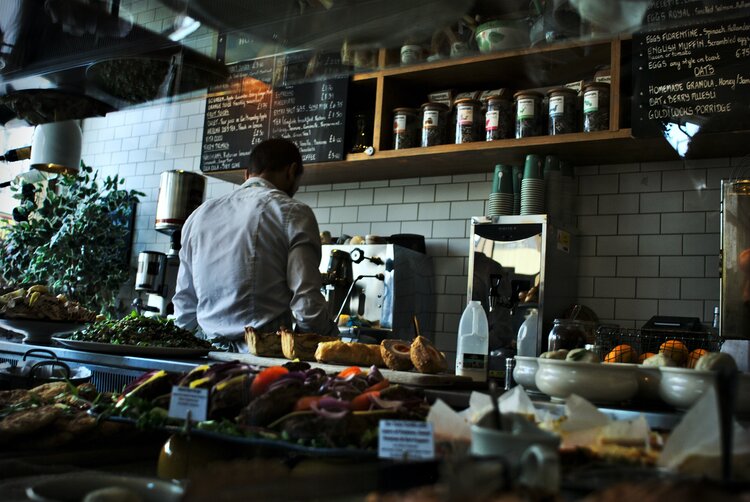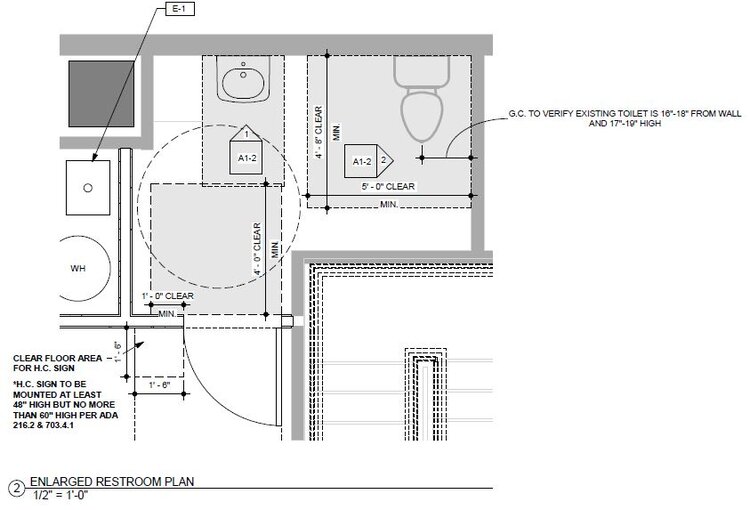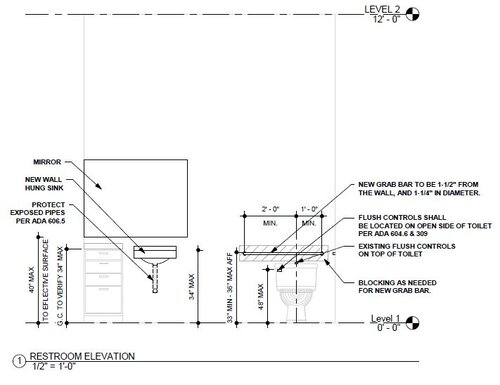
What is a Ghost Kitchen?
Ever heard of a restaurant without any tables, chairs, or even a storefront? Sounds a bit spooky, right?
These mysterious culinary hubs are revolutionizing the food industry, and in this blog, we’re diving deep into the question: What is a ghost kitchen?
We’ll explore how they work, why they’re popping up everywhere, and the impact they’re having on the way we eat.
THE GHOST CONCEPT
So, what is a ghost kitchen concept, exactly? Let’s explore the ghost kitchen meaning.
A ghost kitchen (AKA a virtual restaurant) is a professional food preparation and cooking facility set up for the delivery-only model. Think of it as a restaurant without the dining room.
The ghost kitchen is a setup that has been around for generations. It continues to be popular in the restaurant market and for good reason. Compared to the traditional food service establishment, the ghost model could offer several benefits:
- Smaller upfront investment
- Lower overhead
- Faster entry into the market
- Tap into a new market segment
Statista predicts that by 2030, a whopping half of all drive-thru and takeaway orders will be coming from ghost kitchens. Not a bad concept to try out if you ask me.
THE GHOST LAYOUT: VIRTUAL KITCHEN DESIGN


The image on the left is an existing gym that we converted into a commercial kitchen. The unit also had a set of stairs that led up to the live/work apartment above.
As you can tell, trying to cram all of the necessary equipment into the existing space can be a challenge.
The typical ghost kitchen design needs to incorporate prep, cooking, and cleaning equipment, an accessible restroom, a mop sink, and maybe an office space.

ADA-compliant restrooms have very strict requirements that need to be taken into account when converting an existing space into a commercial kitchen. As you can see from the two images above, lots of clearances are required.
Another crucial aspect of ghost kitchen design is the grease trap, often required by the AHJ (Authority Having Jurisdiction).
Most grease traps are put in under the slab (in new construction), but there are options that don’t require busting up the slab. A cost-effective option for renovations is an above-ground grease trap. They tend to look like this after they have been installed.
The grease trap is a device designed to capture FOG (Fats, Oils, and Greases) before they enter the wastewater system.
The interior traps are generally located in the kitchen near the sink or dishwasher and tend to hold smaller amounts of FOG. Exterior traps are located outside the building, underground, and tend to be much larger, holding thousands of gallons.
Many jurisdictions will require grease traps to be used in commercial kitchens due to the critical role they play in preventing costly sewer problems.

THE GHOST TYPES
So, you’re intrigued by the ghost kitchen concept and wondering how to start a ghost kitchen? Well, the first step is understanding the different types of ghost kitchens out there. According to Foodservice Equipment magazine, there are main categories:
- The Restaurant with No Seats: This configuration is preferred by traditional restaurants that just want to get into the delivery game.
- Multi-Brand Kitchens: This is where all the brands are owned by a single company.
- Commissary Kitchen: Coworking for kitchens.
- Kitchen as a Service: Multi-operator shared kitchens.
- Multiple Brands, Single Operator: A single operator manages multiple brands in one shared kitchen.
Each type of ghost kitchen has its own advantages and drawbacks. When deciding how to start a ghost kitchen, consider your budget, culinary goals, and target market to determine which model best suits your needs.
THE GHOST BENEFIT
Ghost kitchens are shaking up the traditional restaurant business model, offering several key advantages.
Efficiency & Flexibility
The ghost kitchens typically have smaller footprints and are more efficient, as they include additional prep areas. They also offer pickup windows directly into the kitchen to create a better flow for customers who want a closer look at what goes on behind the scenes.
Lower Overhead
Depending on the menu being served they can go in almost anywhere and be a great way to test out a new market or product without the overhead of a traditional restaurant.
Ghost kitchens also eliminate the need for a dining room, waitstaff, and other front-of-house expenses, significantly reducing overhead costs.
Faster Time to Market
The ghost kitchen could be up and running in as little as three to four weeks as opposed to six to eight months for a traditional restaurant. It’s true, opening a ghost kitchen can be tough, but in order to promote and establish local awareness for your brand, extensive use of social media is a great tool to accomplish this. This includes creating an Instagram account with high-quality content that reflects the visual style of your company and sharing it regularly on Facebook or Twitter as well!
Restaurant Design and Development magazine interviewed the owners of Cat-Su Sando which opened up in a virtual kitchen in Chicago. Their initial investment was around $15,000 to get the concept up and running. According to the article, it sounds like the owners had to do some serious scavenging to get the most bang for their buck in terms of equipment.
After operating out of the virtual kitchen, they decided to lease out some space in a building that was owned by their broker. They were still operating as a ghost kitchen at this point. In comparison to the 250 SF that they had at the commissary, they now had 3,000 SF with a storefront. Their end game is to open up a traditional restaurant with all the bells and whistles.
In a lot of ways, this sounds just like what other budding entrepreneurs would do. You start off in a co-working space while building up a client/customer base with little overhead. After you’ve established the company, you then find a legit space to operate out of!
THE GHOSTING
What are your thoughts on the ghost kitchen as another revenue stream for an existing company? Is it a good way for a start-up to get into the restaurant industry?
As a young startup myself, I am particularly interested in this model as a way for entrepreneurs to get into the game with less risk than with the traditional methods.
If you’re someone interested in getting into the restaurant owner/operator game, Robertson Architecture can help you navigate the exciting world of ghost kitchens.
Whether you’re dreaming of launching a ghost kitchen in Atlanta, GA, or establishing a thriving virtual restaurant in Destin, FL, let’s discuss your vision and explore how we can bring your culinary dreams to life.
Feel free to share your thoughts and questions below!
Blog Article by Robertson Architecture – Atlanta, GA
www.Robertsonarc.com


0 comments